This Letter Sudoku activity is a great learning exercise to strengthen logical reasoning skills for kids in Pre-K to 5th grade!
Sudoku is a great activity to strengthen logical reasoning skills and decomposition skills while working with a simple algorithm, or a series of instructions for solving problems.
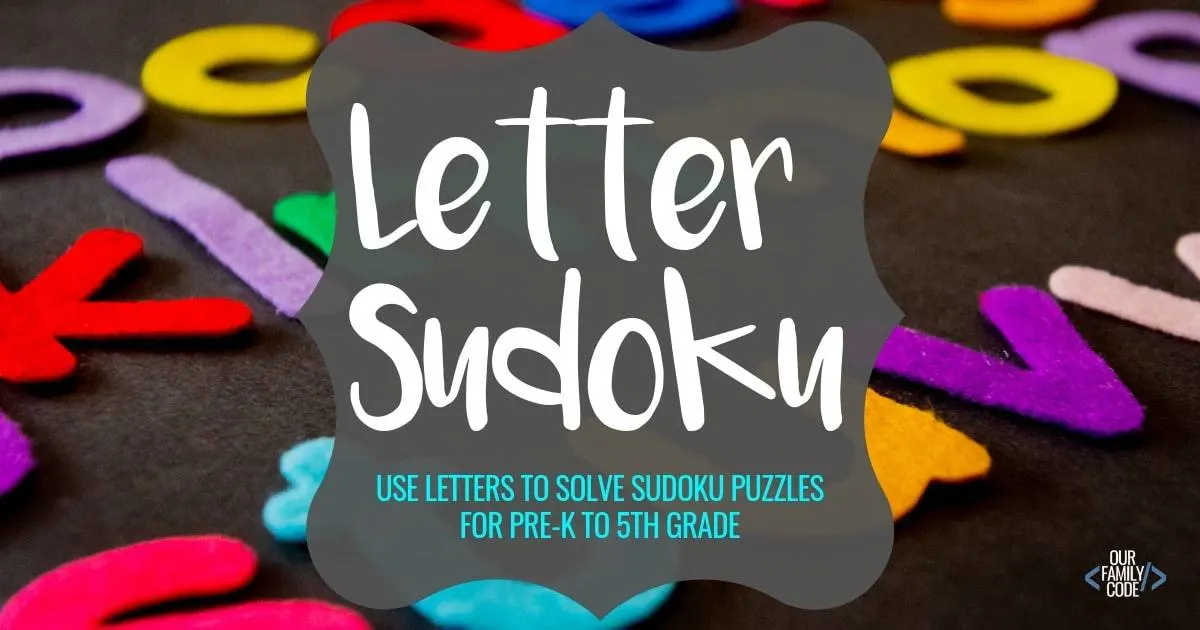
This post contains affiliate links. As an Amazon Associate, Our Family Code earns from qualifying purchases. Please see our Disclosure Policy for more details.
Favorite Worksheet Supplies
Check out our most used worksheet supplies and grab them today!
Computational Thinking Concepts
Computational thinking is a new way of problem solving that involves thinking about a problem in a way that can be solved by using computing tools like logic, decomposition, abstractions, algorithms, patterns, data collection and analysis, and simulation or modeling.
Computational thinking can be used to solve problems in almost all areas of our lives and helps kids develop some pretty great life skills that can apply to a variety of situations. A computational thinker approaches problems by:
- Experimenting and playing to solve a problem that might have more than one possible solution
- Working together with others to reach a common goal
- Persevering when faced with a difficult problem
- Finding and fixing errors in complex problems
- Designing and making solutions for open-ended problems
- Understanding their own strengths and weaknesses
Logical Reasoning
Logical reasoning is the ability to analyze and make predictions about things or explaining why something is the way that it is. Letter Sudoku is a great puzzle to use to emphasize the concept of logical reasoning by explaining why a letter cannot go in a certain space.
Due to the rules of the puzzle, kids can speak to why each block is not certain letters, which helps them to identify the solution.
How to Play Letter Sudoku
This activity is most effective when it is modeled by an adult or older sibling before starting. For example, solve one block space and explain why the square can’t certain letters. Repeat the process for columns and rows as well as squares. Use the following rules to reference when modeling your logical reasoning.
- Each letter can only appear once in each row
- Each letter can only appear once in each column
- Each letter can only appear once in each 2X2 or 2X3 block (depending on the worksheet you are using).
Use an Algorithm to Solve Your Letter Sudoku Puzzle
An algorithm is a series of instructions to solve a problem. Begin with teaching the rules of Sudoku. You can turn these rules into an algorithm that automates how you are solving each square. Repeat your algorithm over and over again. Think about how this process starts with a series of steps and evolves into a program that is written for a computer to automate a task. Sudoku like a robot! For example,
- Choose square
- Check row for letters
- Check column for letters
- Check box for letters
- Determine answer
Use Decomposition to Simplify Your Letter Sudoku Puzzle
Decomposition is the process of breaking down a complex problem into smaller, easier to solve, pieces. Focus on each 2X2 or 2X3 block of letters. Try to solve each square by using the letters in the block and following rule #3.
Another way to use decomposition (my personal favorite!) is to work on one letter at a time. For example, start with the letter A and work your way through the rest of the letters.
Letter Sudoku for Preschoolers to 3rd Grade
Use the letters A through D to solve this Letter Sudoku worksheet with your preschool through 3rd grade kiddo. Remember to model the logical reasoning process. For example, solve one block space and explain why the square can’t be certain letters.
Repeat the process for columns and rows as well as squares. Use the following rules to reference when modeling your logical reasoning.
The worksheet download contains printable letter pieces that you can cut out to use again and again with your puzzle as well as an answer sheet.
We like to use dry erase pocket sleeves for all of our worksheets, so that we can reuse them for all of these kiddos I have running around this house.
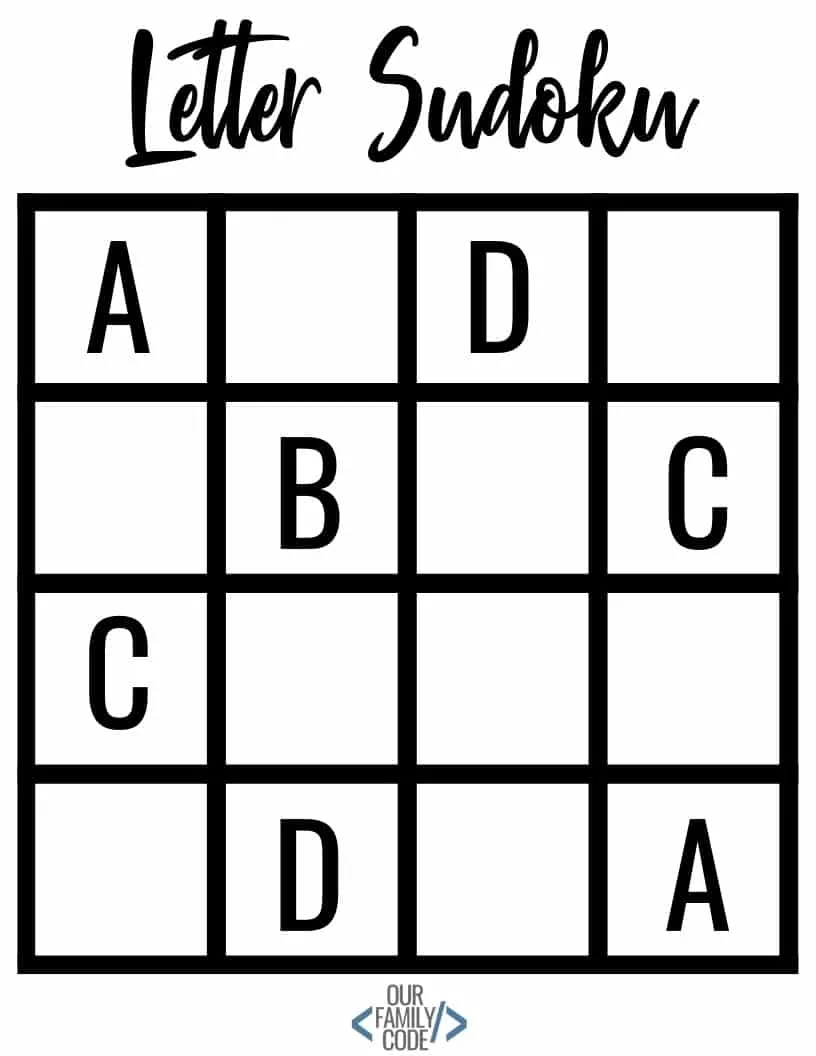
Letter Sudoku for 3rd Grade to 5th Grade
Use the letters A-F to solve this Letter Sudoku puzzle. This worksheet is made for kids in 3rd grade through 5th grade and can also be used by younger experienced Sudoku players.
Remember to model the logical reasoning process. For example, solve one block space and explain why the square can’t be certain letters. Repeat the process for columns and rows as well as squares.
Use the following rules to reference when modeling your logical reasoning.
- Each letter can only appear once in each row
- Each letter can only appear once in each column
- Each letter can only appear once in each 2X2 or 2X3 block (depending on the worksheet you are using).
This workbook also contains letter pieces that can be cut out and used with this worksheet as well as an answer key.
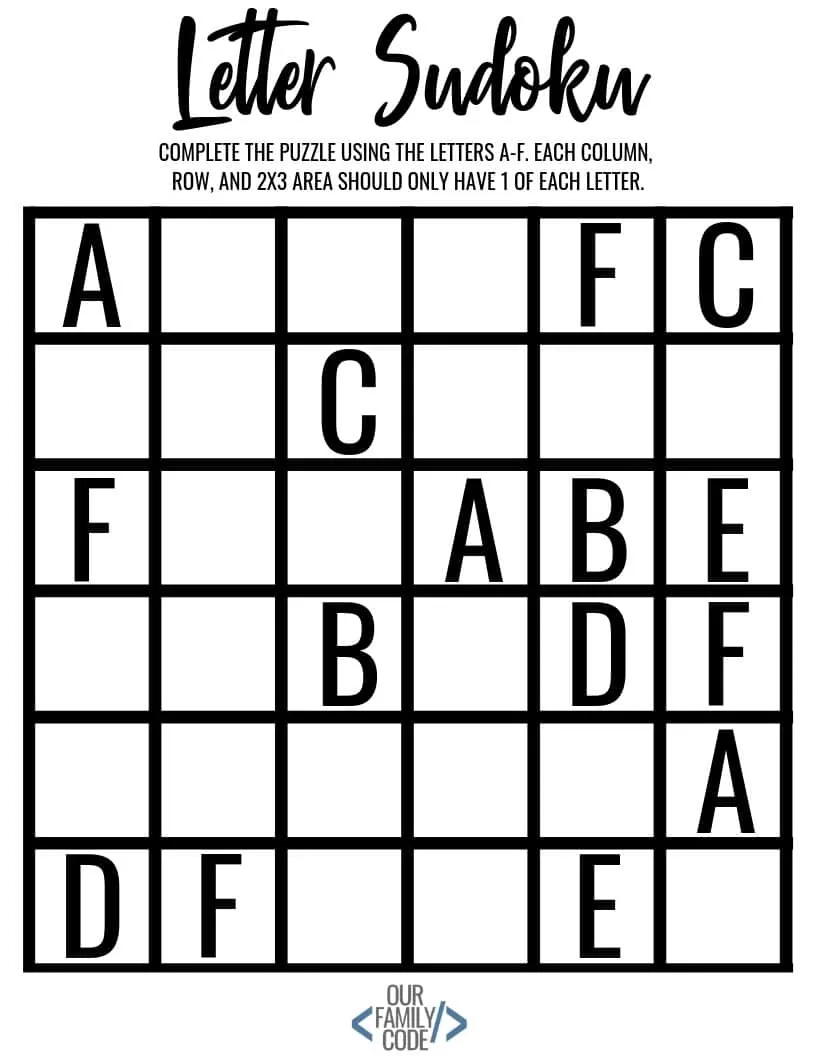
PIN THIS IMAGE TO SAVE THIS ACTIVITY FOR LATER!
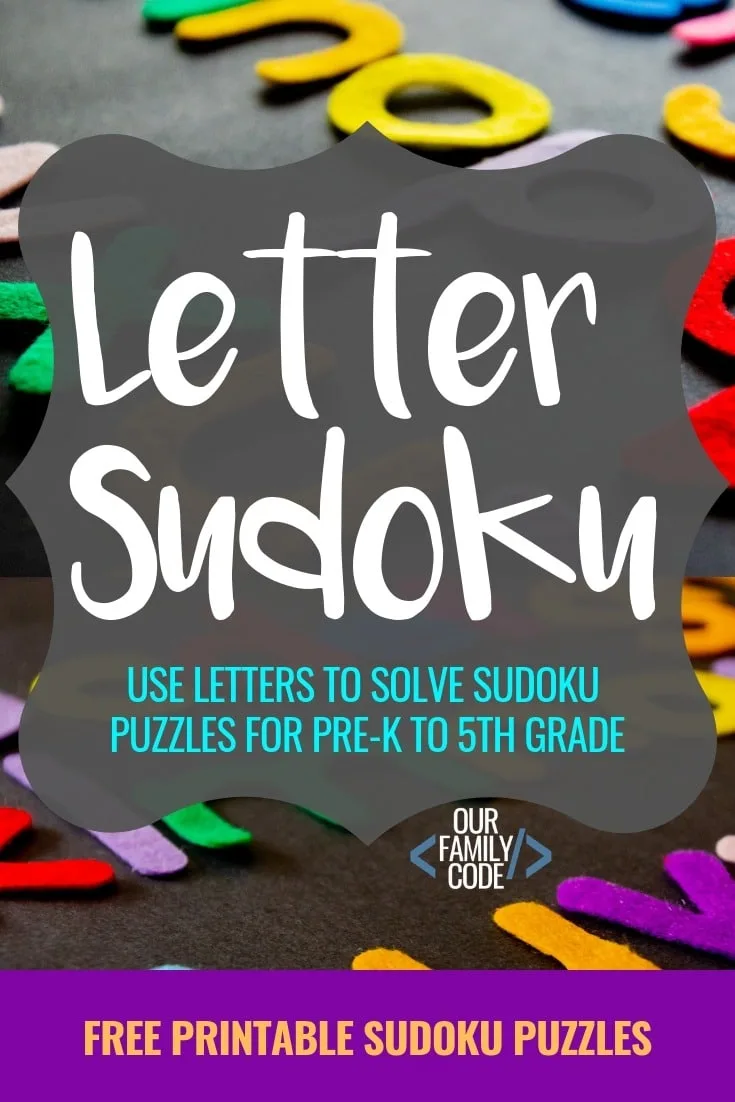
Computational Thinking Activities
Find more logical reasoning and computational thinking activities for kids!
Logic Word Puzzles for Kids
We have a ton of logic word puzzles for kids to work on vocabulary and logical reasoning skills!
Guess the Animal Unplugged Boolean Coding Activity
Learn about boolean and comparison operators with this Guess the Animal unplugged boolean coding activity!
Circle Algorithm Art Unplugged Coding Activity
This circle algorithm art activity introduces basic coding skills by giving kids a set of rules and steps to follow to create unique designs in each circle!
Fruit Hoop Summer Sudoku Logic Puzzle for Kids
This fruit hoop summer sudoku logic puzzle for kids is a way to introduce kids as young as preschool to the rules of Sudoku and how to use logical reasoning to solve problems.
How to Code a Dirt Volcano
Learn about variables, sequences, algorithms, and loops and code a volcano! Learn how to communicate with a robot with clear steps and commands.
Runic Alphabet Frozen Coding Activity for Kids
This Futhark runic alphabet Frozen coding activity is a great hands-on activity to decipher some secret messages!!
How to Code a Lion Directed Drawing Algorithm Art
Can you follow the algorithm and draw a lion in this directed drawing unplugged coding + art activity?
Meet Toni, the Maker Mom behind Our Family Code

Hey there, I’m Toni! I’m a software engineer and Maker Mom that finds my joy in unleashing my children’s curiosity by exploring STEAM concepts with my fantastic five!
When I’m not chasing toddlers or raising tweens, you can find me tearing things up and putting them back together over here at Our Family Code.
I am the owner and content creator of multiple educational websites designed to increase access to STEAM & STEM education with a focus on teaching computer science and coding to kids of all ages!
You can also find out more about me by visiting ToniGardner.com!
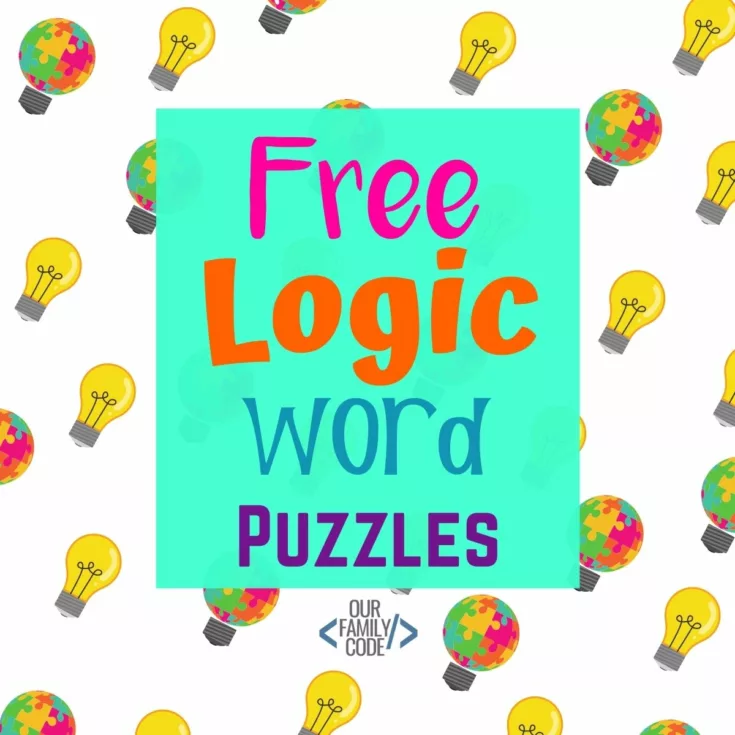

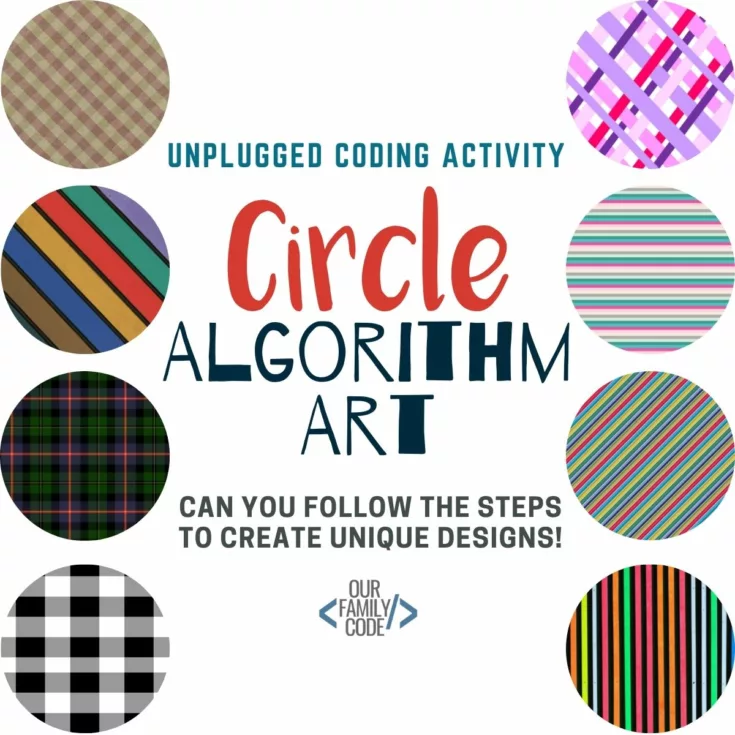
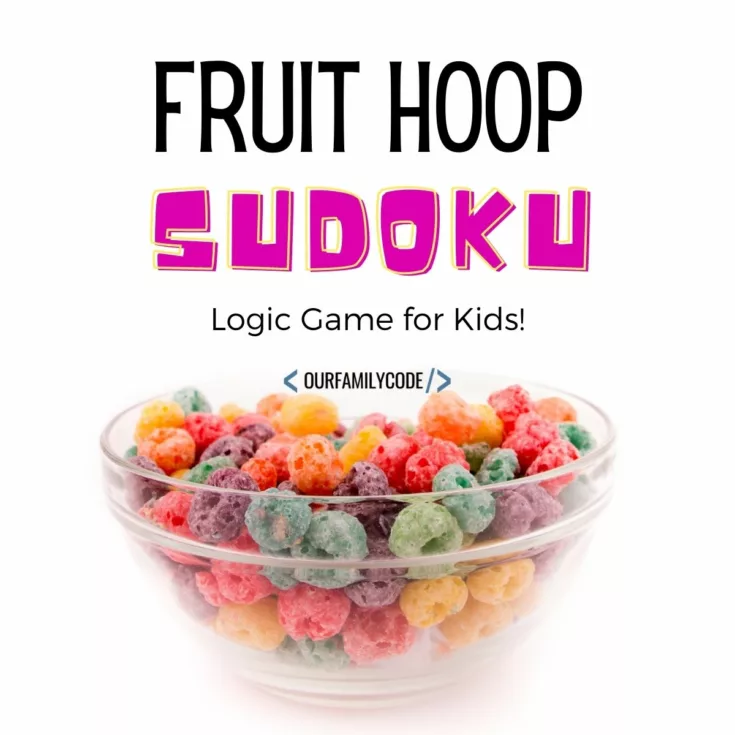

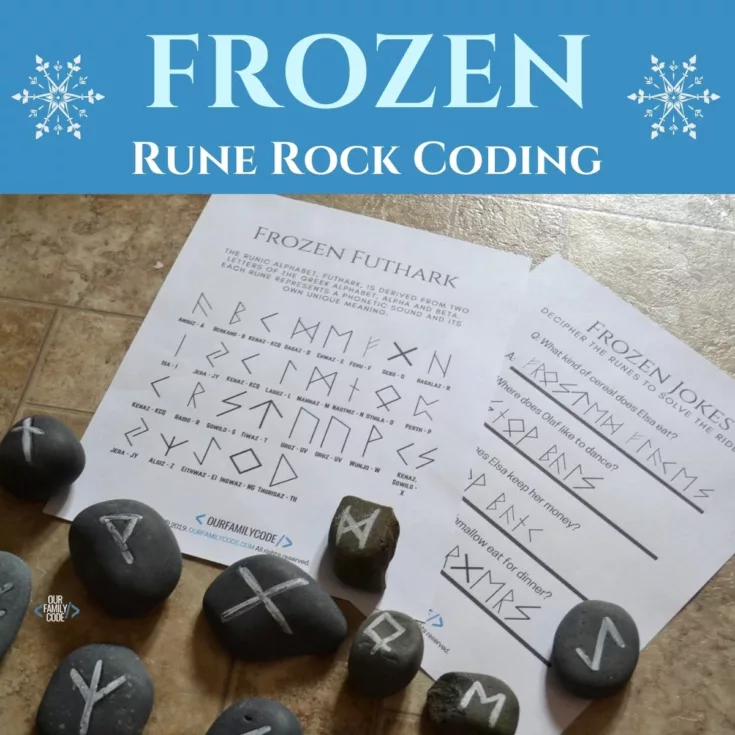
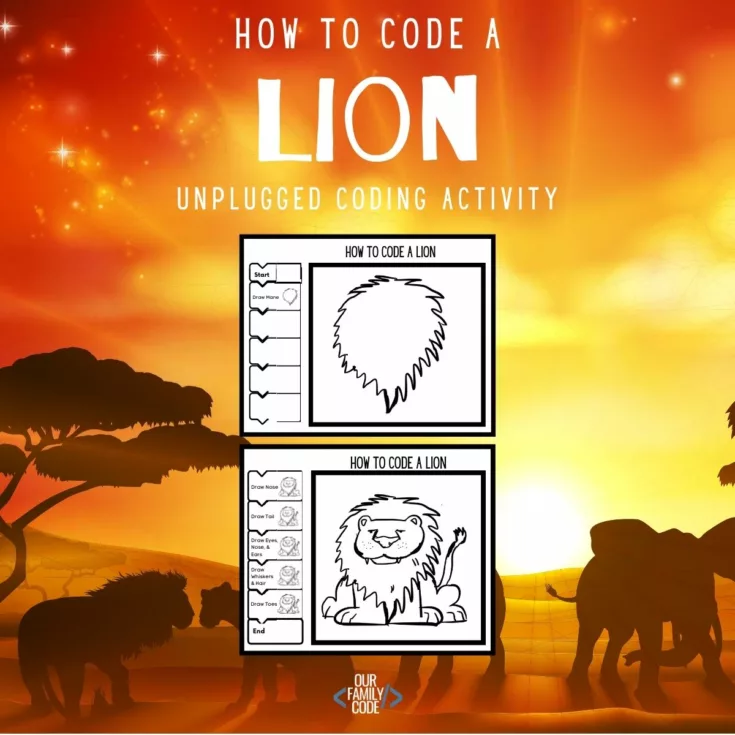


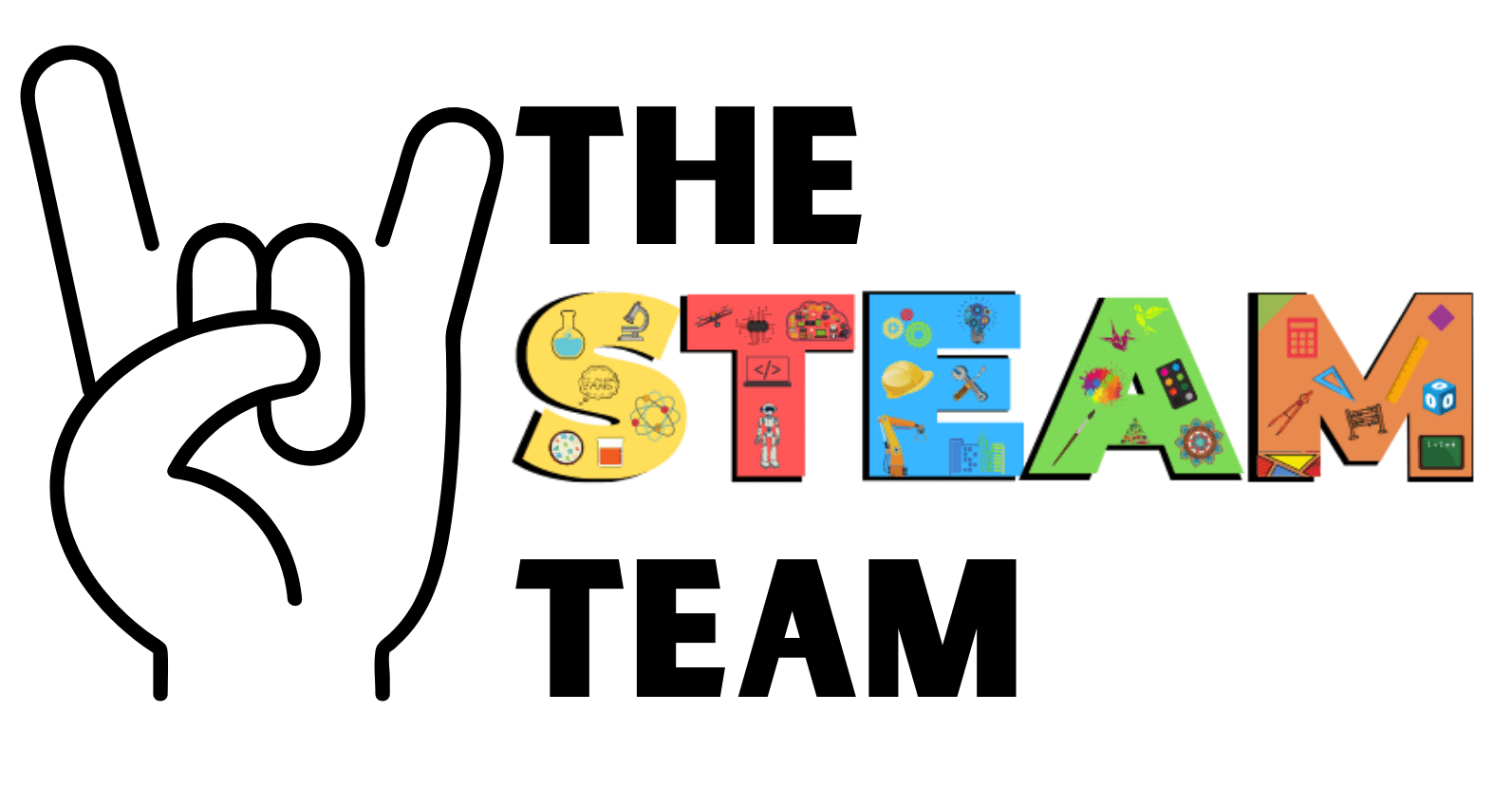
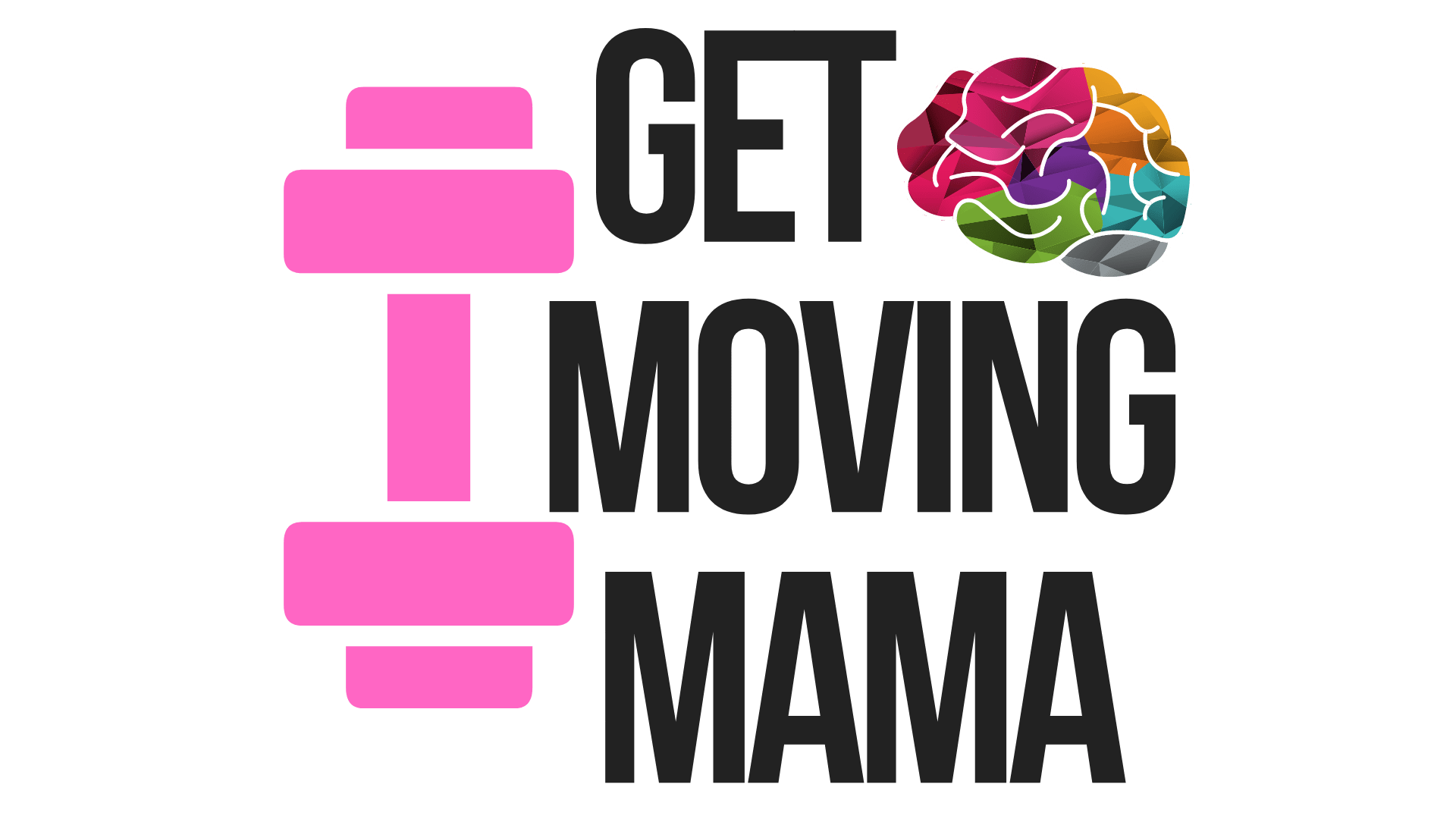


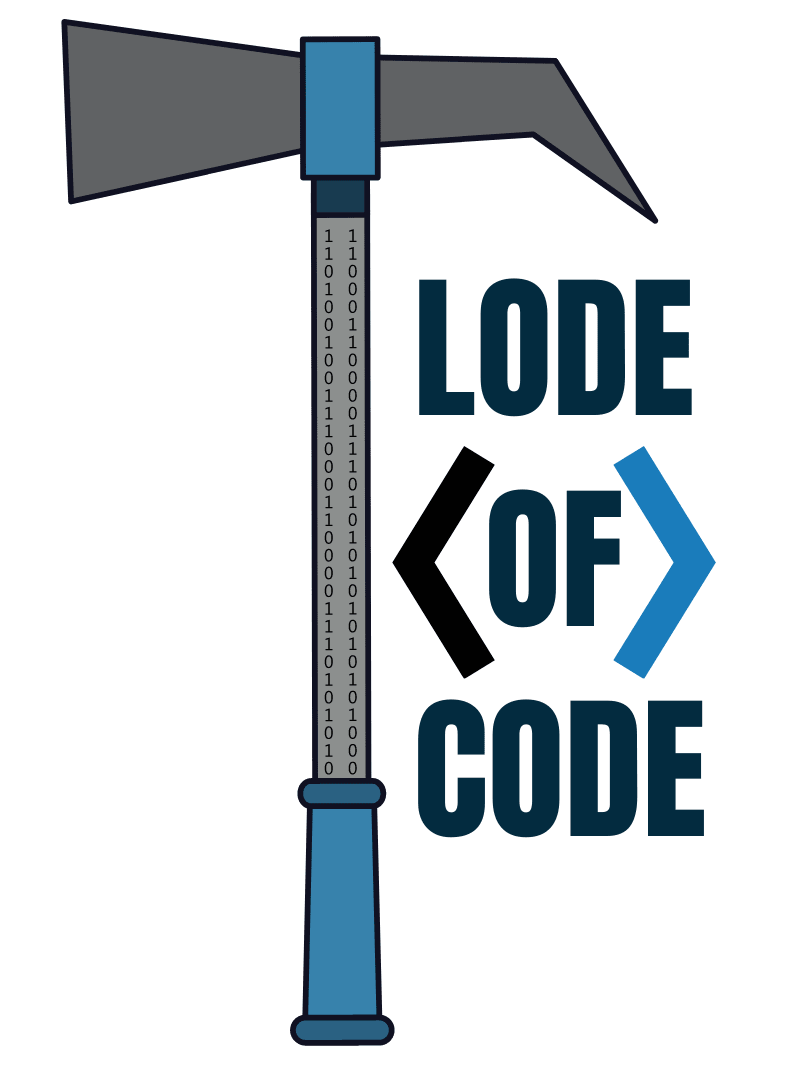
TechyKids Canada
Saturday 5th of June 2021
Activities like these are perfect for kids to enhance and develop logical thinking. Skills like these can prove to be very useful not just in school but also in life. Thanks for sharing this activity.